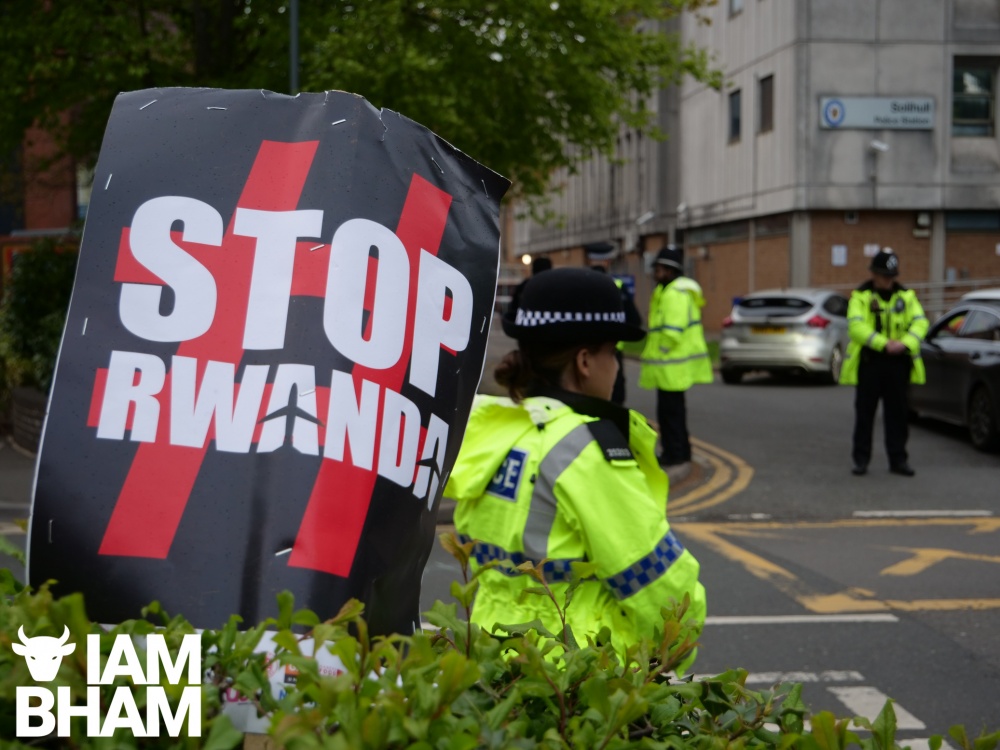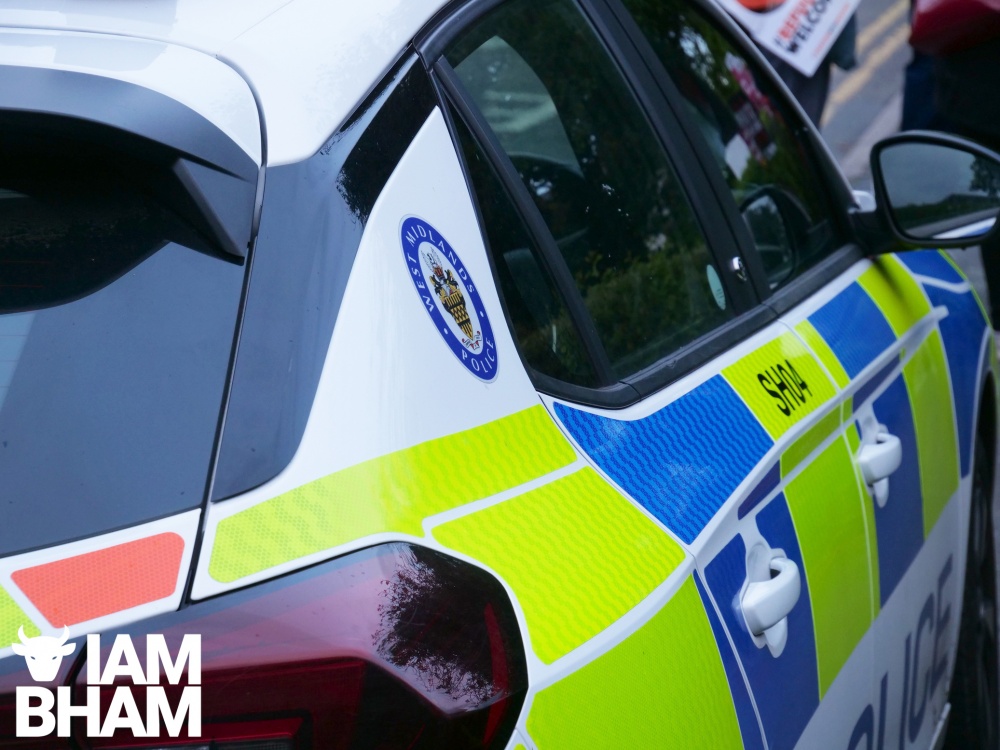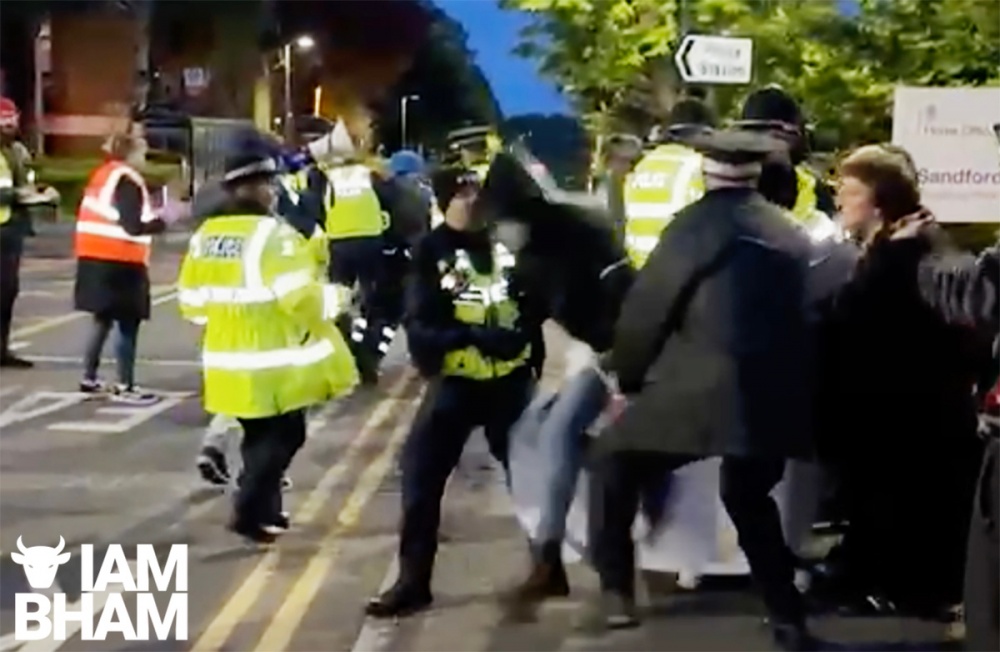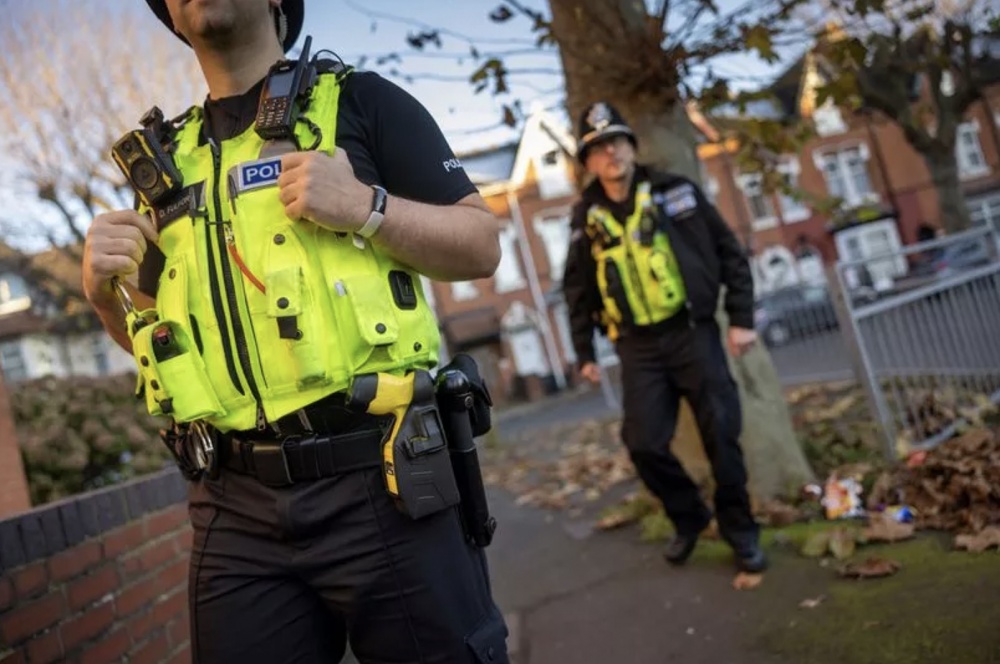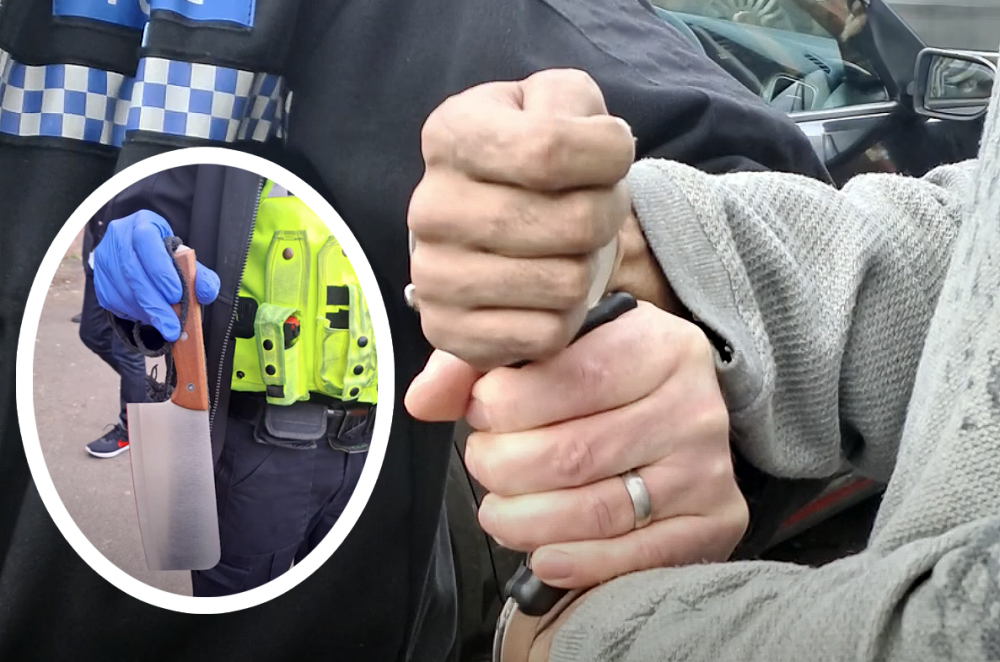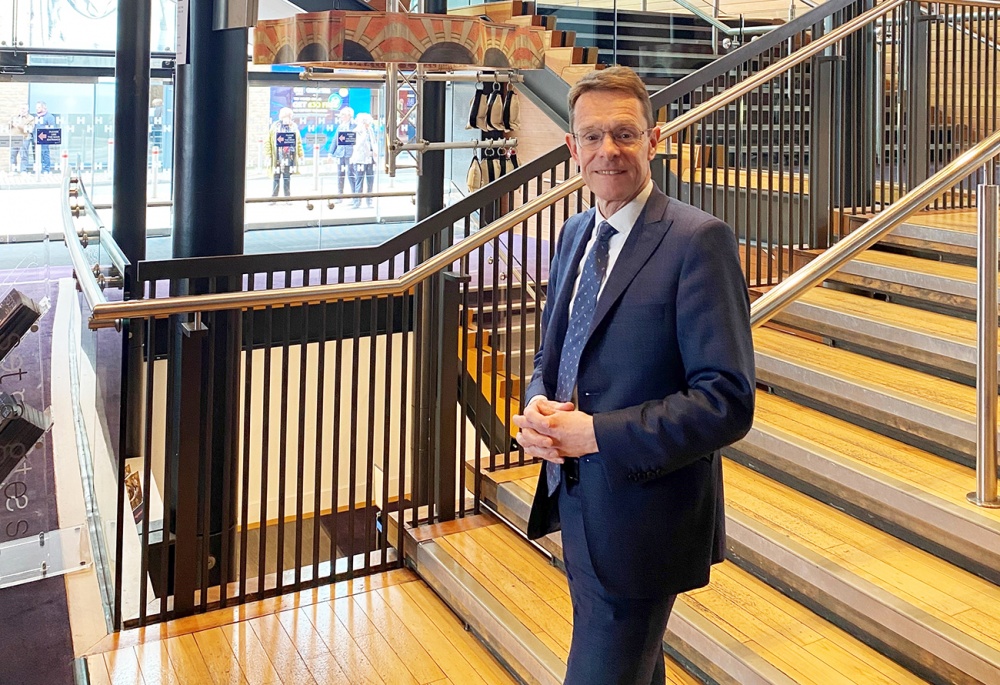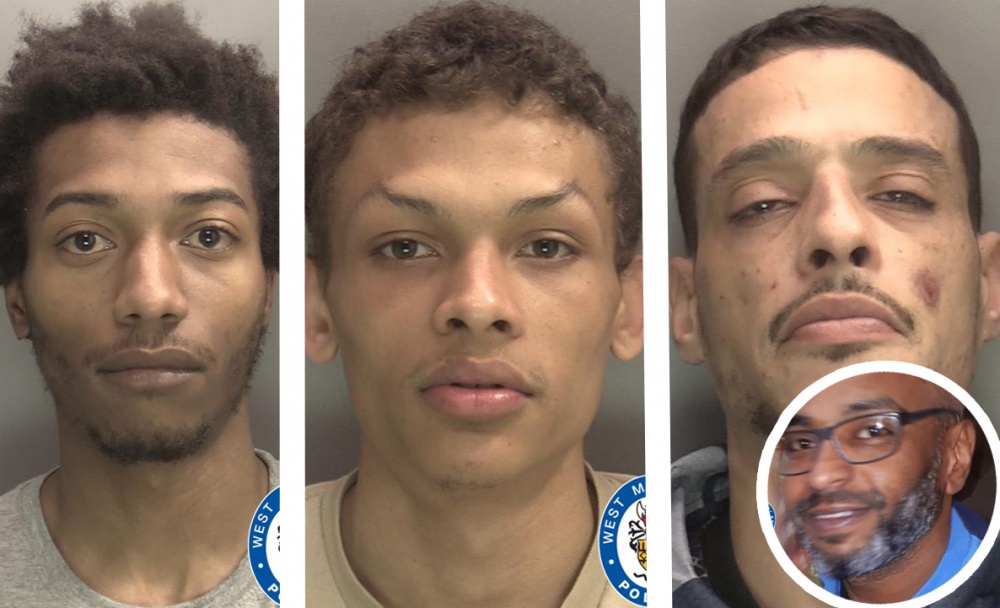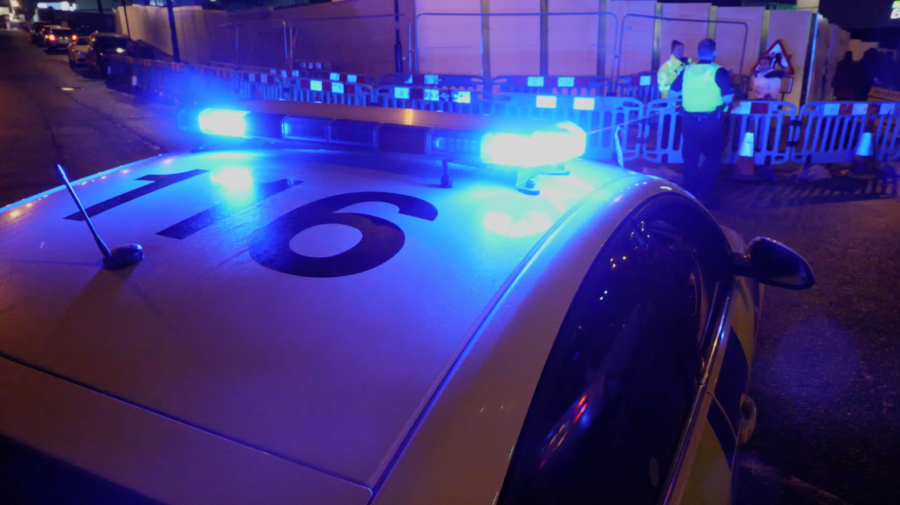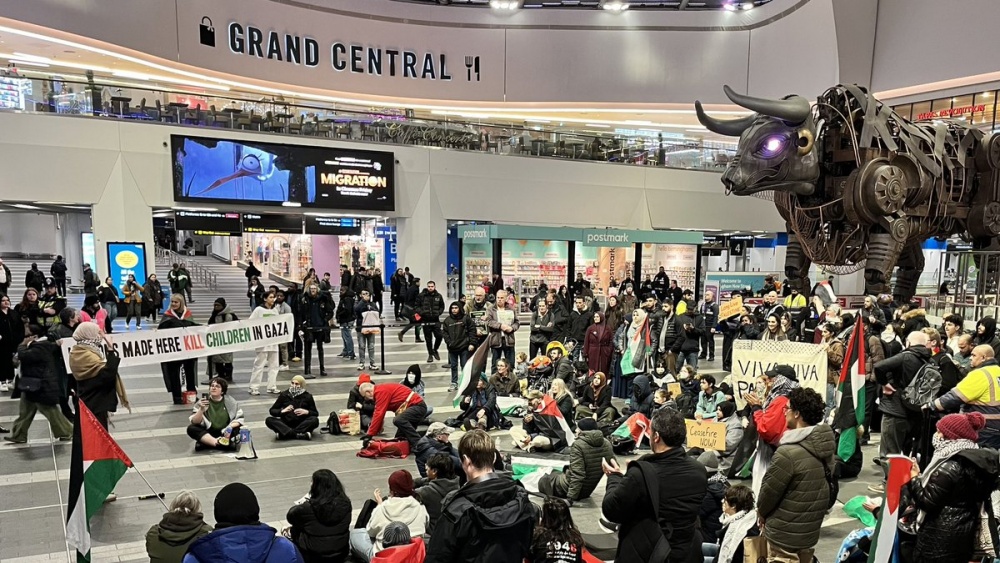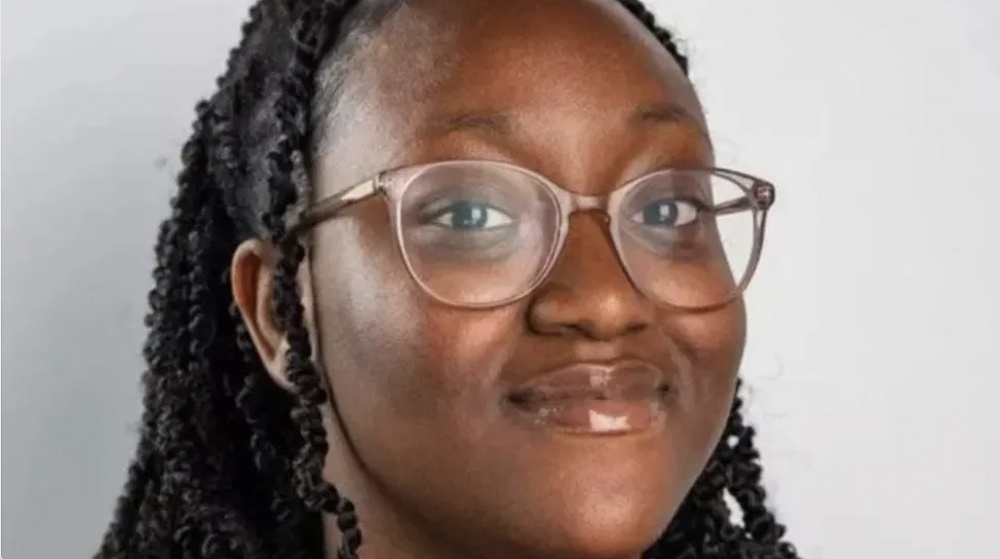OPINION: It might be 2018 but cultural appropriation is STILL a thing
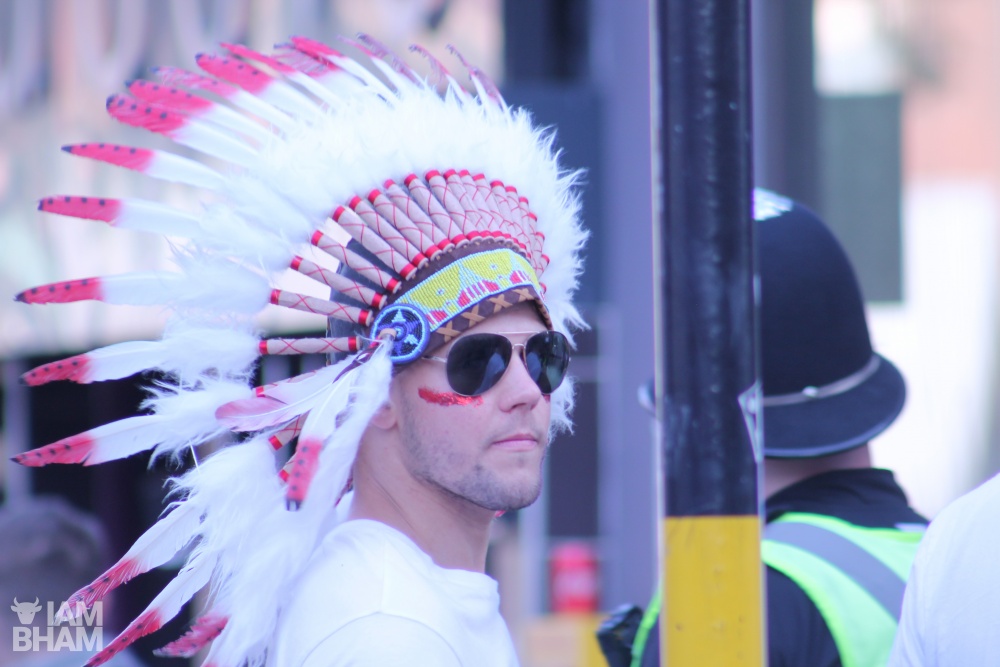
Why is it that in 2018, with constant talk in the media about racism and interracial relations, do we STILL have people that don’t understand that cultural appropriation is wrong?
In this case, revellers swaggering along Hurst Street during Birmingham Pride in the cultural attire. I mean, come on, seriously?
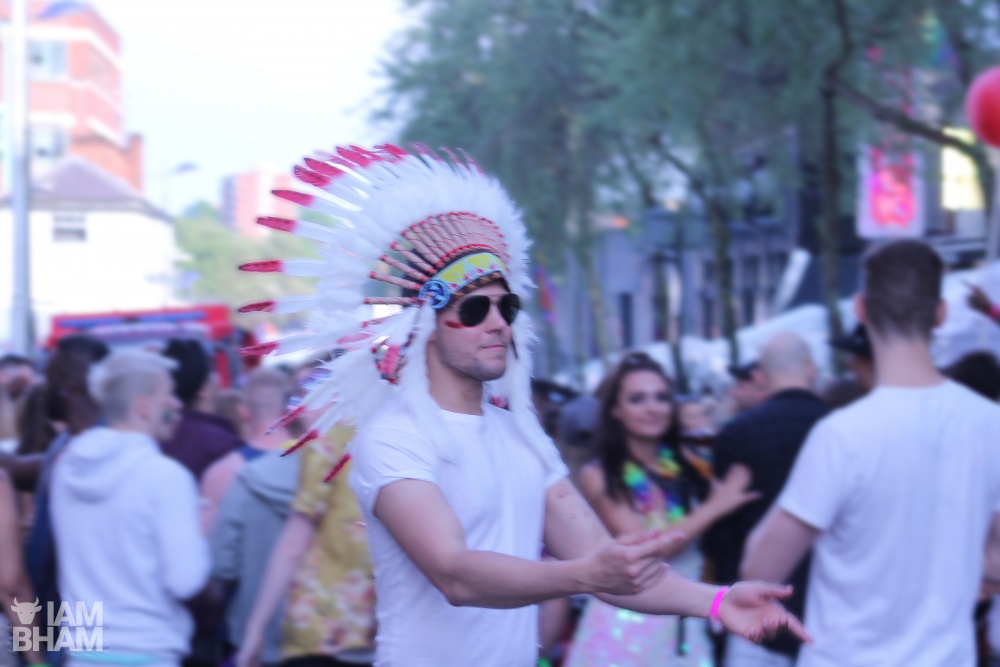 Harvey McDonald
Harvey McDonald In 2014, Glastonbury Festival banned the wearing of Native American war bonnets after a petition on change.org, which had initially only garnered 65 signatures. While it wasn’t an isolated call to action, it was the first time the headdresses had been banned for cultural insensitivity in the UK.
Stourbridge based campaigner Daniel W. Round, who launched the Glastonbury petition, stated at the time:
“There has long been consensus among indigenous civil rights activists in North America about the wearing of headdresses by non-Natives – that it is an offensive and disrespectful form of cultural appropriation, that it homogenizes diverse indigenous peoples, and that it perpetuates damaging, archaic and racist stereotypes.”
Native American blogger Chelsea Vowel writes:
“Unless you are a native male from a Plains nation who has earned a headdress, or you have been given permission to wear one (sort of like being presented with an honorary degree), then you will have a very difficult time making a case for how wearing one is anything other than disrespectful. Even if you have ‘native friends’ or are part native yourself, individual choices to “not be offended” do not trump our collective rights as peoples to define our symbols.”
What is cultural appropriation?
Cultural appropriation is a concept dealing with the adoption of the elements of a minority culture by members of the dominant culture.
It is distinguished from “cultural appreciation” due to the influence of a colonial element and imbalance of power, with usually dominant cultures selectively co-opting other traditions, without showing due respect or care for the community from which it is taken.
Cultural appropriation is often portrayed as harmful in contemporary cultures, and is claimed to be a violation of the collective intellectual property rights of the originating, minority cultures, notably indigenous cultures and those living under colonial rule.
Sometimes when multiple cultures come together, cultural appropriation can include using other cultures’ religious traditions, fashion, symbols, language, and songs. While a non-Native person wearing a Native American war bonnet as a “fashion accessory” is commonly cited as an example of cultural appropriation, the practise also extends to items like the dashiki, bindi and kimono; as well as positively embracing ‘ethnic’ hairstyles on white people while dismissing them when fashioned by those to whom they are natural and native.
Many ethnic minority and marginalised communities often urge for mutual understanding and a respectful embracing of their history and culture rather than actively and harmfully exploiting it.
Birmingham Pride
And so it begs the question, why is wearing of the headdress as essentially a racially charged fancy dress costume still allowed at festivals and community events, such as Birmingham Pride; which aims and claims to reflect the diversity and multicultural nature of its city’s population?
It is difficult to believe that such an item simply snuck in as members of the security team did pat downs, bag checks and even wallet checks at the point of entry. I personally saw this individual roaming around for about an hour giving ample opportunity for security staff to have the offensive item removed.
This wasn’t the only Native American headdress on display at Pride, there were several others; none of which were part of any ethnic minority or Native American group in attendance, neither were they part of any ‘Village People’ ensembles. They were just white people treating an important cultural clothing as nothing more than a costume.
Therefore I would like to ask what Birmingham Pride’s stance on cultural appropriation is? Are culturally appropriating items of clothing allowed at Birmingham Pride? And, if banned from the event, why was such an offensive item allowed (a) past the increasingly rigorous security checks on the gates and (b) past various members of security staff whilst inside the official Pride zone?
Whether the organisers of the event are aware or not, I think it’s time they addressed the issue and took action. It’s time Birmingham Pride reflected its key communities and audience, and banned offensive racially stereotypical costumes from an event traditionally celebrating the fight against oppression.
.
At the time of publication, I had contacted Birmingham Pride organisers for a response and am awaiting reply, which will be soon published.
UPDATE: Birmingham Pride Director Lawrence Barton has replied with a condemnation of cultural appropriation. His full response can be found here.






